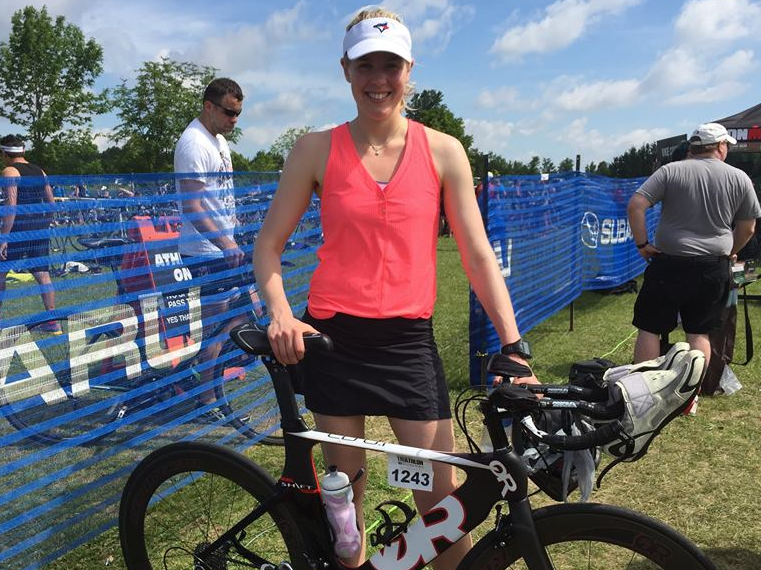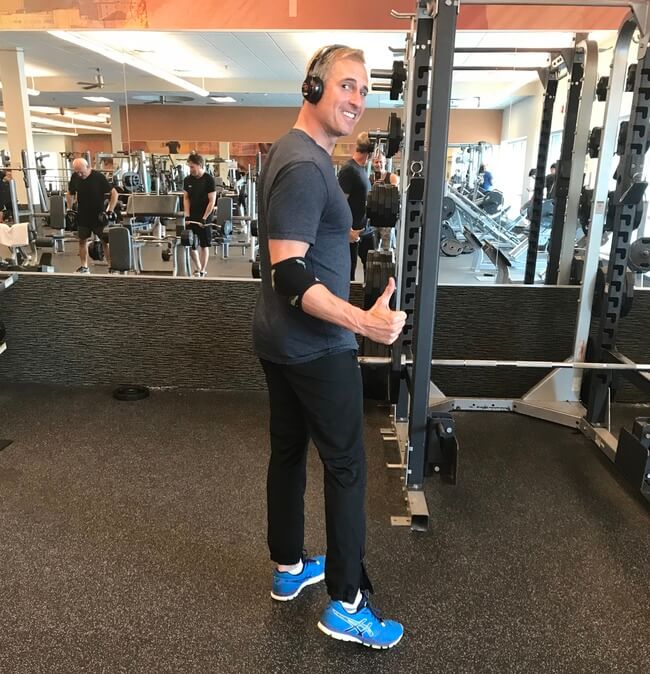Kathleen Trotter

Kathleen Trotter is the author of the upcoming book Finding Your Fit. Kathleen has been a personal trainer and pilates specialist for almost fifteen years and a fitness writer/media expert for seven. For the past five years, she has been the featured personal trainer in the Globe and Mail’s online Fitness Basic video series. She also writes two columns for the Globe and Mail and blogs regularly for The Huffington Post. She has also written for Impact, Healthy Directions, Breathe, Alive, Canadian Running, Today’s Parent, Chatelaine, and Glow magazines. She is often quoted in other publications such as the Toronto Star and Toronto Sun. Kathleen makes regular TV and media appearances on CTV News, CHCH News, Breakfast Television, and the CBC. She has been a guest on the radio shows Beyond the Cheers and The John Oakley Show. She is the health ambassador for the Quesada chain of restaurants, for whom she provides “Trotter Tips” and advocates healthy nutrition choices on the go. She also has the pleasure of blogging for and working closely with Flaman Fitness.
Kathleen, when did your athletic career begin?
I have not always lived an active and healthy lifestyle. In fact, I became a personal trainer because exercise literally changed my life. In my early teens, I was overweight and had incredibly low self-esteem. I would do anything to get out of gym class. That all changed when my mom gave me a membership to the YMCA. I started taking aerobics and step classes. I took so many classes that the group exercise manager at the YMCA told me I should learn how to teach fitness classes. I will always be thankful to that manager (Sam), she literally changed the course of my life. I loved teaching classes so much that I decided to go to school to learn how to be a trainer. I started to run and lift weights, and soon the girl who would do anything to get out of gym class was running marathons, lifting weights, and playing on basketball and baseball teams.
How has working out impacted your life?
Changing my lifestyle was the best thing that I ever did. It not only improved my sense of self, it completely altered the course of my life. I would not be a personal trainer and fitness writer without my time at the Y. I absolutely love my job so I hate to think of any alternative existence. I truly believe that exercise has the ability to energize and exhilarate and that if your workouts are making you feel worse about yourself, then you are doing something wrong!
How often do you train and for how long?
My training regime depends on what I am training for. If I am training for a 5km running race, then I do more weights and strength training. When I am training for a marathon I obviously run more and I focus on stretching and gait mechanics. When I am training for a triathlon I run, bike and swim. The constant is that I always make moving a non-negotiable. I never think “will I train?” I think “when will I train?”
Are there certain exercises that better for younger athletes than athletes over 45?
No matter what your age the important thing is to find your exercise “bliss” and find something that you want to do versus something you feel like you have to do. Next, find ways to make your bliss convenient. The trick to reaching any goal is consistency, so make your exercise routine something that is enjoyable and convenient so you can do it consistently. That way you will be able to reach your goal – whatever that goal is. Once you have your “bliss”, adapt the activity to your age and fitness level. You will most likely need to dial down some aspects of the sport as you get older, but with intelligent training, you will never have to stop. Just remember the words “recovery, recovery, recovery”. As athletes, we often focus only on our training regime – which is obviously important – but what we do after we train is equally as important. The key to staying injury-free for life is to always respect the body’s need for recovery. Cross-train, stretch, eat well, and get regular bodywork.
What is your #1 fitness tip?
Always remember that some movement is better than no movement! When you don’t want to exercise use the “10-minute rule”. Tell yourself that you have to move for a minimum of 10 minutes, but if you still want to stop after 10 minutes, you can. The rationale is that breaking the workout into chunks will make moving seem less daunting. Plus, 10 minutes of exercise is better than nothing, so if you do stop, that’s okay. Usually, once you have done 10 minutes, you will continue and finish the workout.
Lorne’s take – I really like Kathleen’s “10 Minute Rule”. Very powerful stuff and great advice.
You can learn more on Kathleen’s website.

